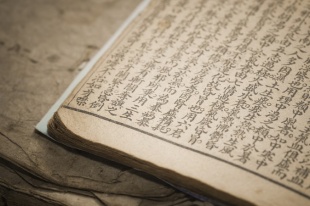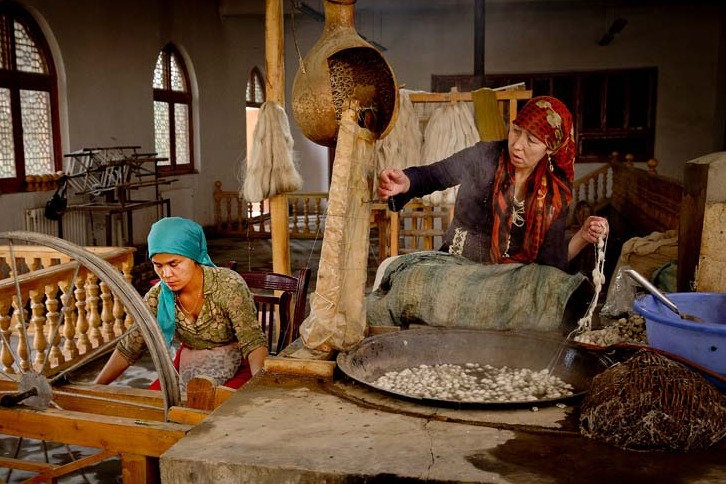China Focus: Lawmakers discuss report on cultural heritage, highlight people-oriented


Chinese lawmakers have called for more people-oriented approaches to improve work on cultural heritage.
During panel discussions on Monday afternoon, legislators discussed a report on cultural heritage work submitted to the ongoing bi-monthly session of the Standing Committee of the National People's Congress (NPC), which runs till Wednesday.
While acknowledging progress in the work, especially in protection, some were concerned about the distance between the protection and the people, and expected the work to be more people-oriented.
"In a lot of places, antiques are stored but not exhibited," said Yang Bangjie, member of the NPC Standing Committee. "It makes it hard for us to appreciate the antiques and do research, as many of them cannot be approached and inventories are obscure."
Wang Gang, another member of the Standing Committee, compared China with Europe, where the interpretation of cultural heritage is often combined with that of things such as philosophy, technological evolution and history, but in China people, especially youngsters, are seemingly more interested in the value of the antiques.
He believed that while the protection of cultural heritage is the top priority, its ultimate goal is to place cultural heritage deep inside people's hearts.
"Efforts are required to convert the achievements of the protection into social value in people's spiritual lives," he said.
For He Yehui, deputy secretary-general of the NPC's standing committee, China should use the various forces in society, as merely counting on the spending of the government is far from enough.
"The central government, local authorities, society, communities and every single person should play their parts," she said.
She was echoed by Iong Weng Ian from Macao, deputy to the NPC, who seconded the idea of making better use of social resources.
"Hopefully, we'll take them into further consideration, whether they're from the Chinese mainland or overseas," she said. "Many overseas Chinese are actually keen on making their own contributions to the protection of Chinese antiques."
Her calls went in line with the report, which suggested further cooperation with other countries and the special administrative regions of Hong Kong and Macao to enhance the country's "soft power" and the influence of Chinese culture.
According to the report, China's international exchanges in cultural heritage are gaining momentum, with nearly 300 exhibitions of Chinese antiques held abroad, and more than 100 foreign exhibitions held in China over the past five years.
Furthermore, China has signed bilateral treaties or memorandums of understanding on cooperation on cultural heritage with 50 countries.
The report also included numbers on cultural heritage work in China. Over 12,000 trafficked antiques have been seized by Chinese customs since 2013.
Some 48,000 people have been trained to inherit intangible cultural heritage in China.
The Ministry of Culture has also set up 21 state-level pilot areas for the protection of cultural ecology, and provinces have set up 146 on their level, according to the report.
Since 2013, the central government has spent about 65.6 billion yuan ($10 billion) on protecting cultural heritage, the report said.
Chinese Minister of Culture Luo Shugang delivered the report on Saturday.
Luo said the protection system for cultural heritage has been established in recent years. Related laws, regulations and policies have been added and carried out in the field. The awareness of the protection of cultural heritages was greatly enhanced, with more attention from the whole society.
According to Luo, the third national census of cultural heritages and the first national census of removable cultural relics have recorded 767,000 immovable cultural relics, and 108 million state-owned removable cultural relics.
The ongoing national census of ancient books, collections of art galleries and underwater cultural heritage has made a series of achievements.
In addition, the first national census of intangible cultural heritage took four years to finish, with the participation of 500,000 people. The census of local operas has accomplished much.
Luo added that about 3,000 archaeological exploration and protection projects have been launched since 2013. More ancient books are getting protection and repairs, with increased establishments of ancient book repair centers. The technology to preemptively protect cultural relics has made progress, along with other key technologies.
The cultural minister said the protection of immovable cultural relics will be enhanced, including the Great Wall of China and the Beijing-Hangzhou Grand Canal.





































